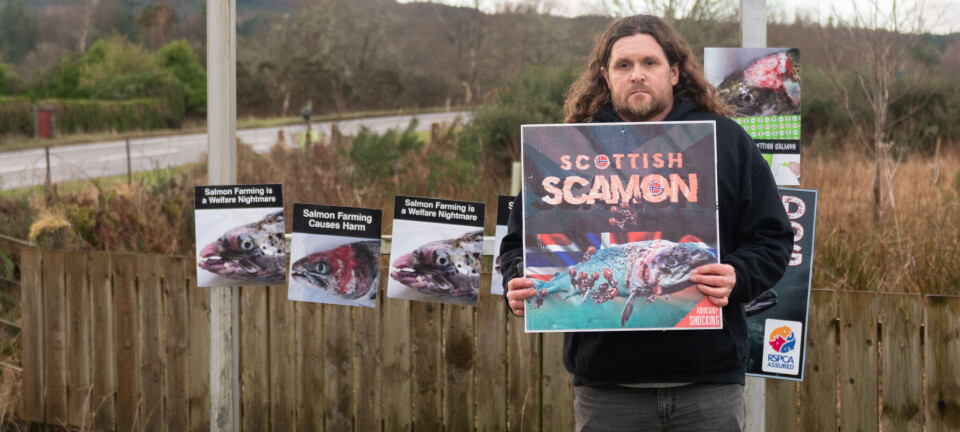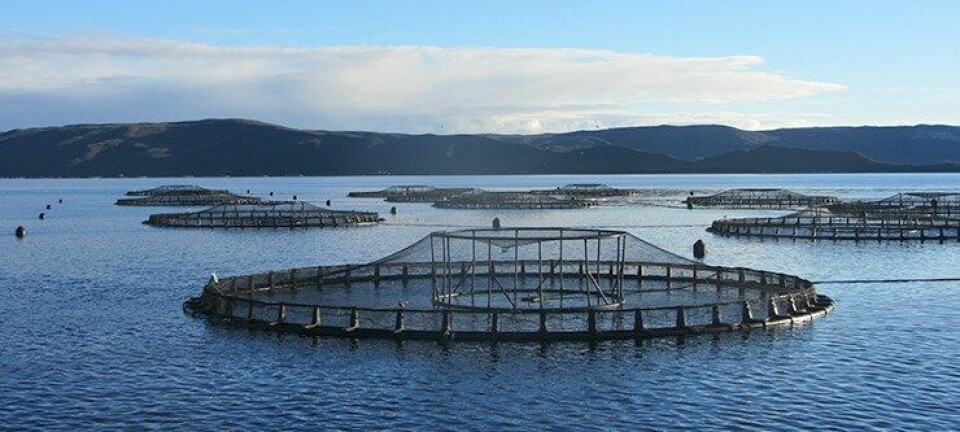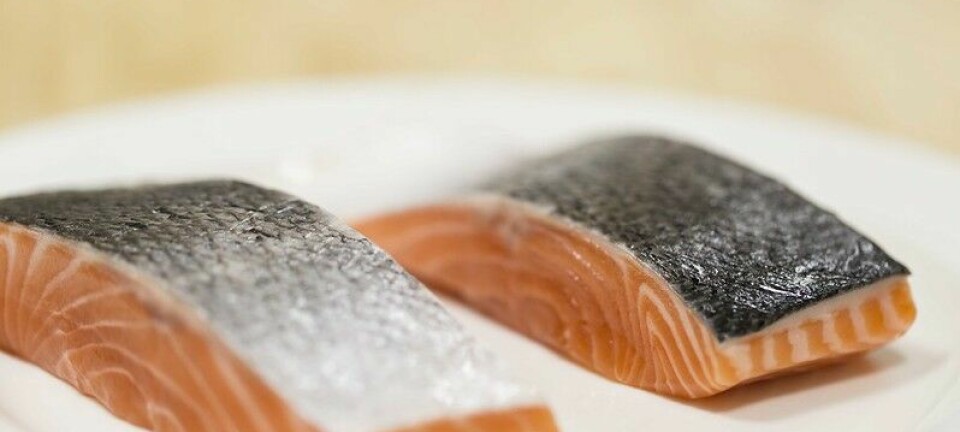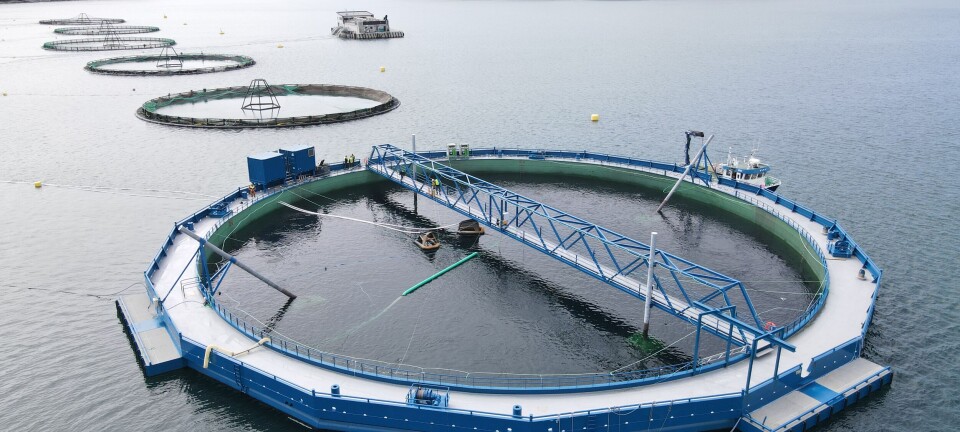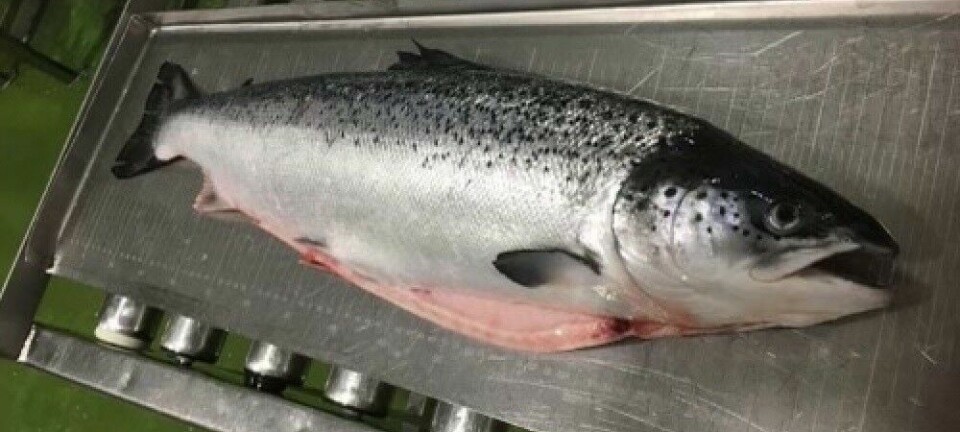
Marine wildlife survey in Loch Linnhe
A team of marine scientists from Scottish Natural Heritage (SNH), the Scottish Association for Marine Science (SAMS) and Heriot-Watt University will be surveying underwater wildlife and habitats of high conservation importance, known as priority marine features.
Covering Loch Etive, Loch Eil and Loch Leven as well as Loch Linnhe, the aim of the survey is to update existing knowledge about marine life in the sea lochs. The findings will be used to provide advice to Government and others on conservation and development in the marine environment. Previous surveys have revealed the presence of several of the features of interest, including horse mussel beds, spiny lobsters, deep sponge communities, the northern seafan and the rare and beautiful fireworks anemone.
Research work carried out by Heriot-Watt University suggests that the flame shell bed in this area is possibly the biggest in UK waters.
The survey team will cover a large area, which ranges from two to more than 200 metres deep. It will be carried out from several different research vessels - Sir John Murray, operated by the Scottish Environmental Protection Agency, Seol Mara, operated by the Scottish Association for Marine Science and RV Serpula, operated by Heriot-Watt University. A drop-down video camera will be used to capture undersea footage, with divers carrying out detailed surveys of specific features and taking "grab" samples from the seabed for analysis.
The Loch Linnhe survey is one of a series taking place in Scotland's seas in 2011 as part of the Scottish Marine Protected Area (MPA) Project, a joint initiative between Marine Scotland, Historic Scotland, SNH and the Joint Nature Conservation Committee (JNCC). Marine Scotland is funding the surveys.
Other areas to be surveyed in 2011 include the Sound of Canna, the Minch and the Southern Trench, north of Fraserburgh and Banff.
Colin Trigg, SNH's project manager for the survey, said: "These surveys are helping us better understand the distribution and extent of the wildlife and habitats found in the seas around Scotland. This means we can provide up-to-date information when advising Government and others on future marine developments and how best to meet our international commitments to designate a network of Marine Protected Areas."
The survey work will take about a month. A report on the findings will be published in 2012.








